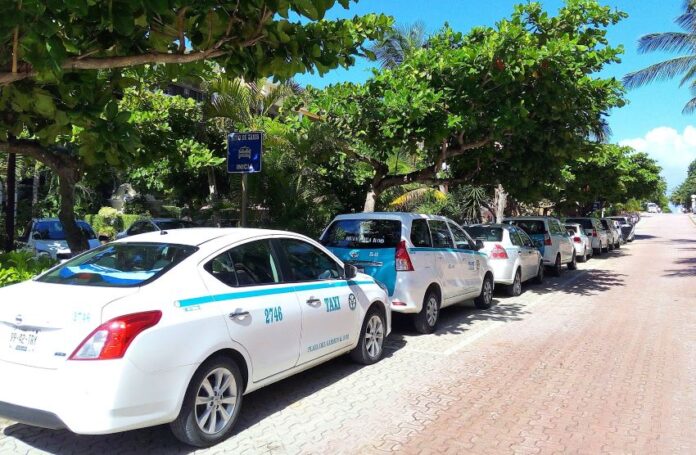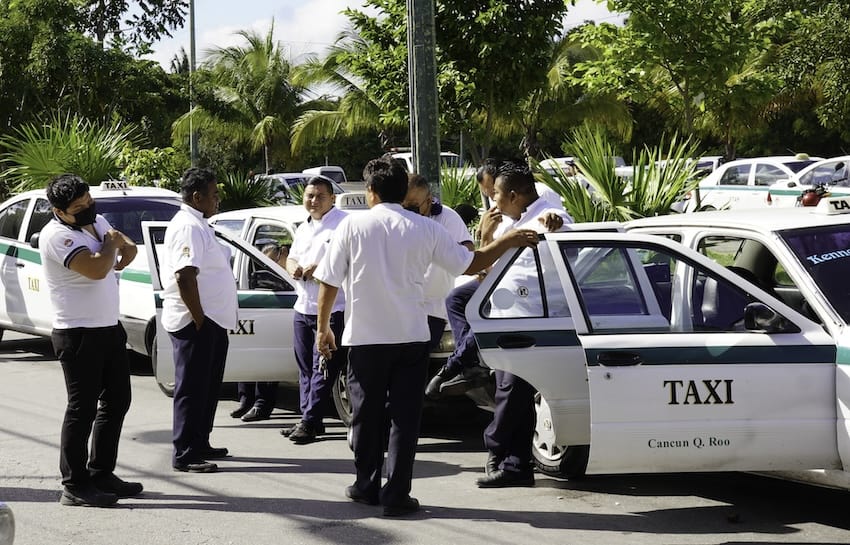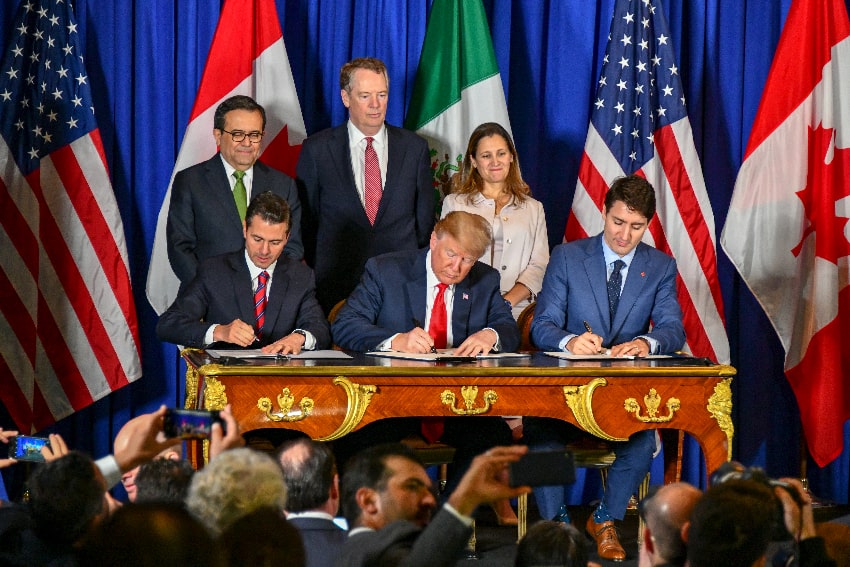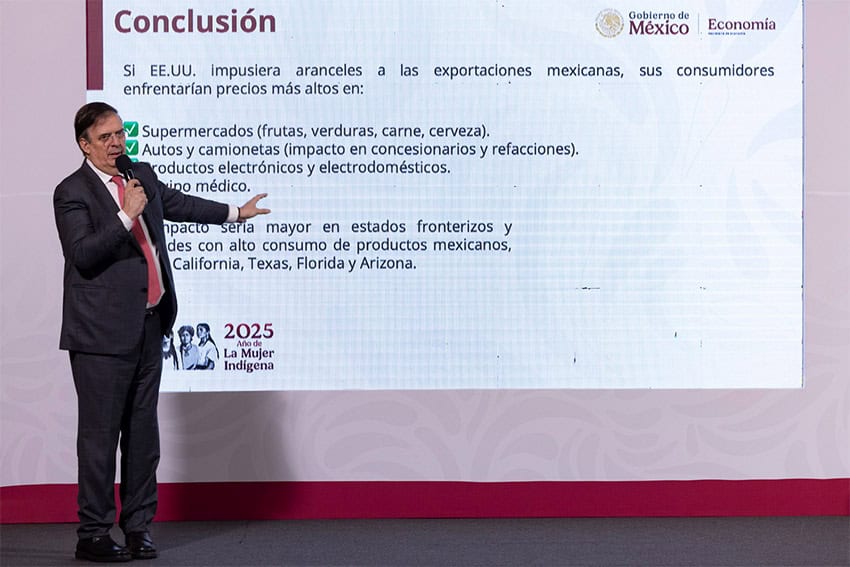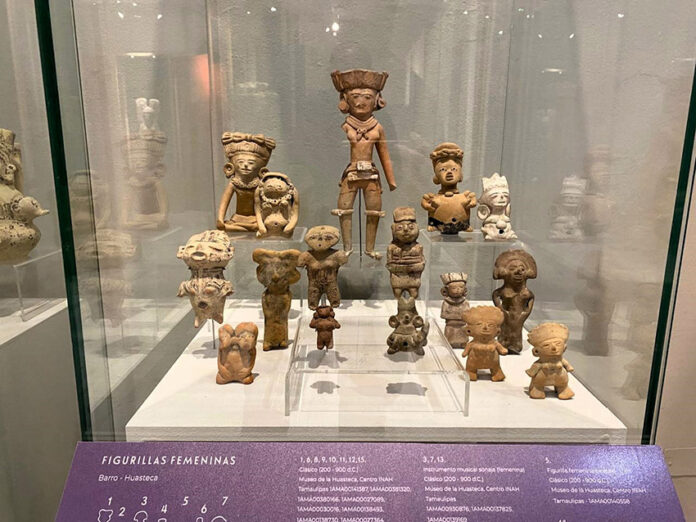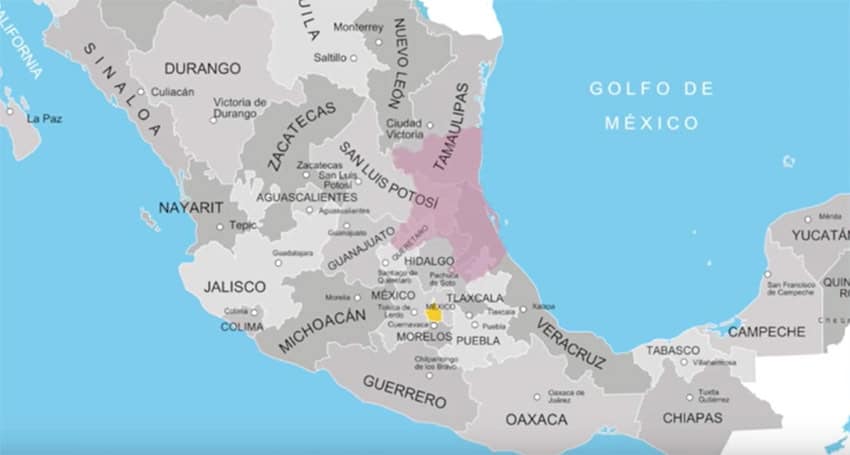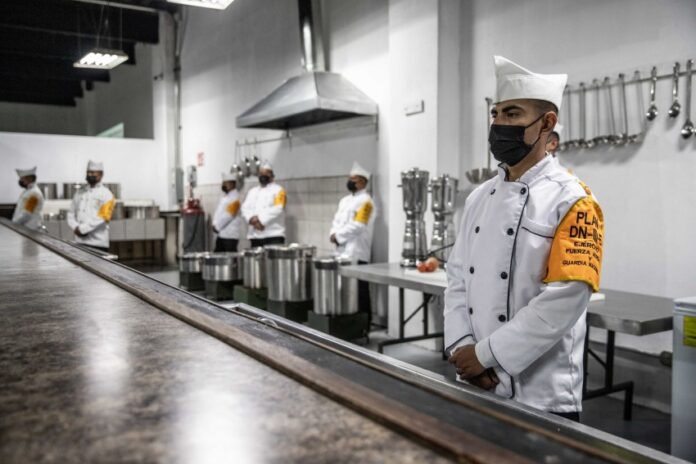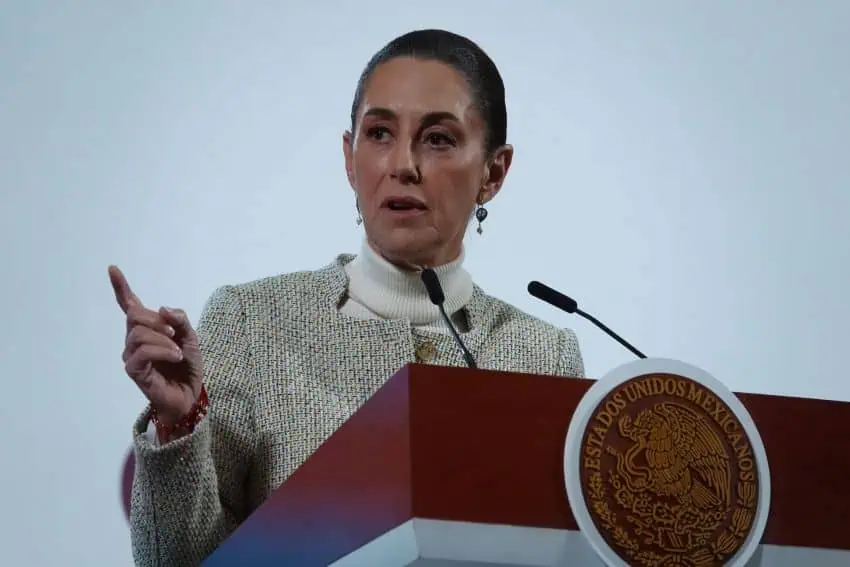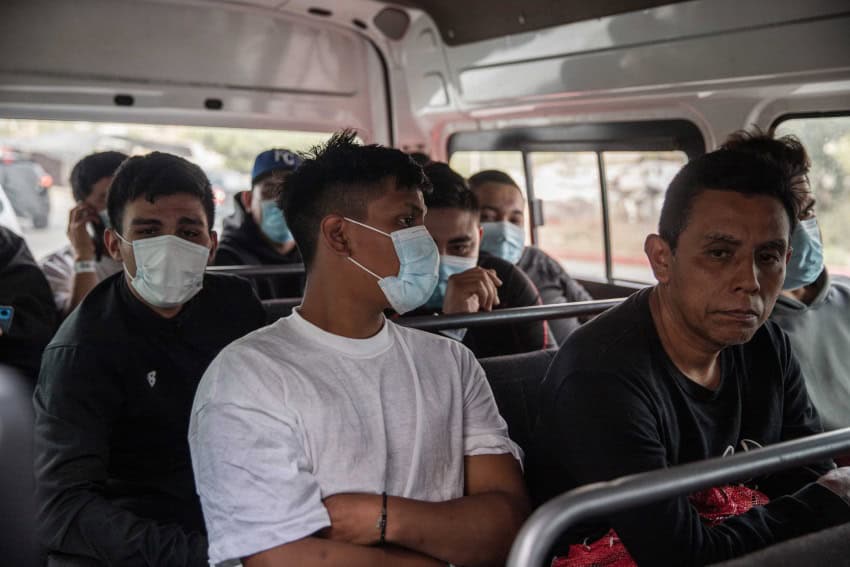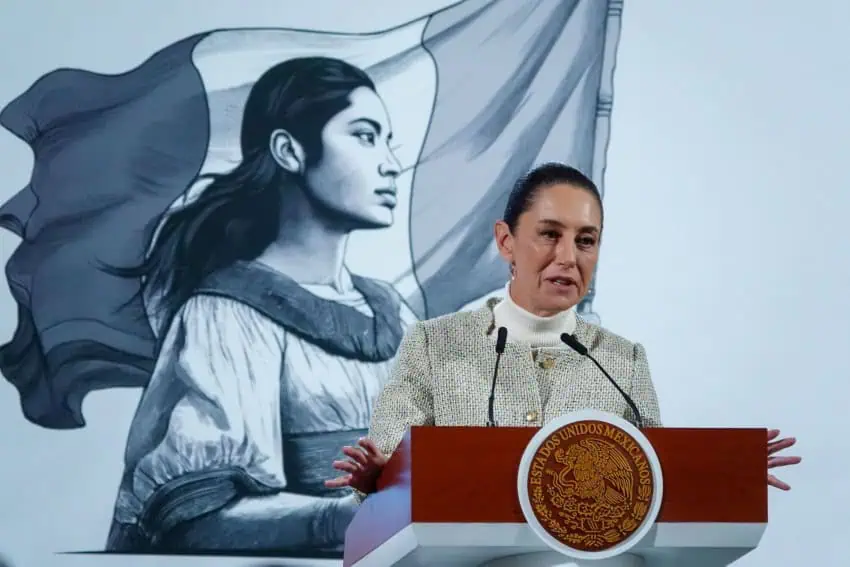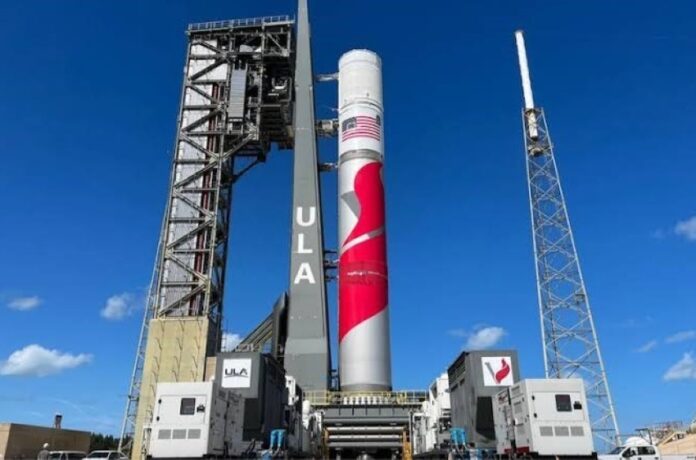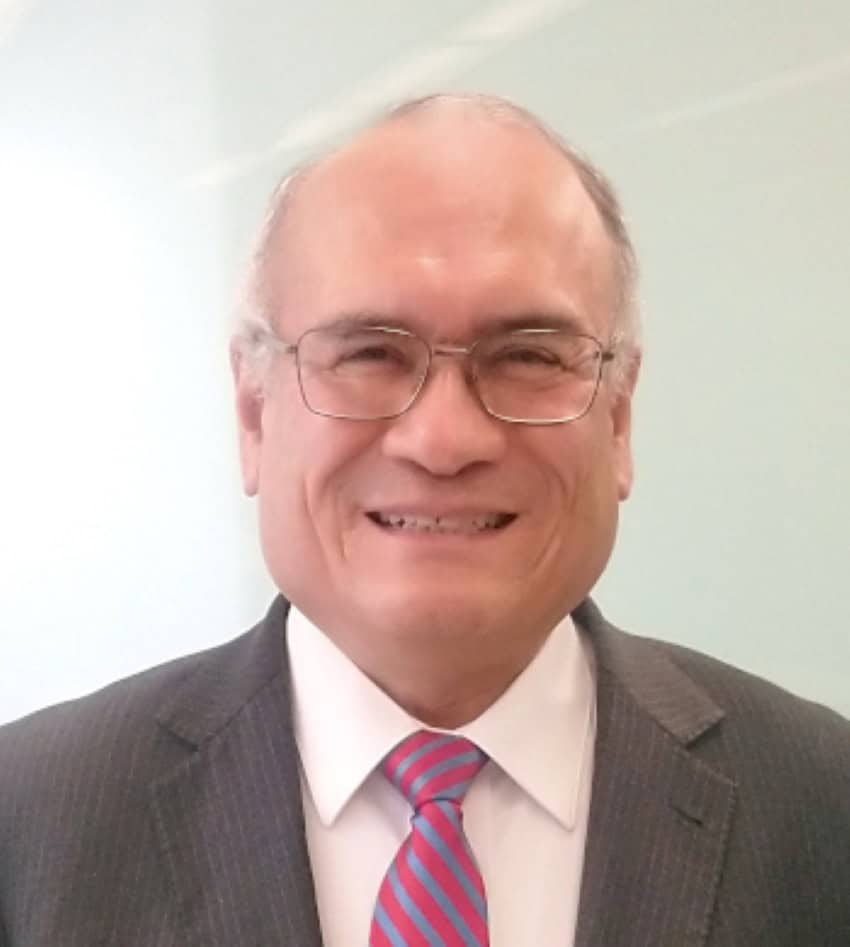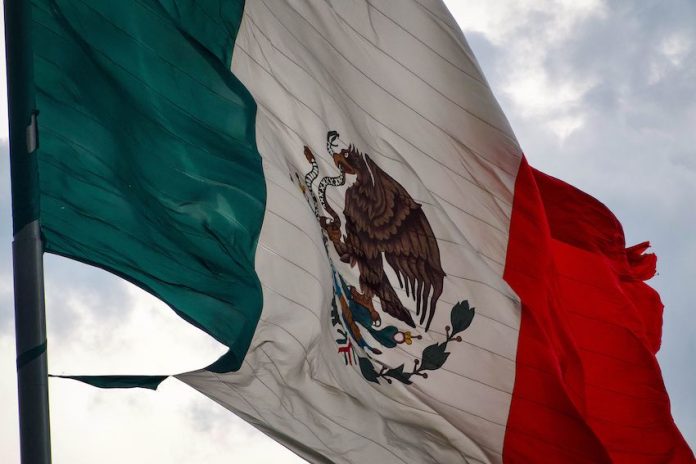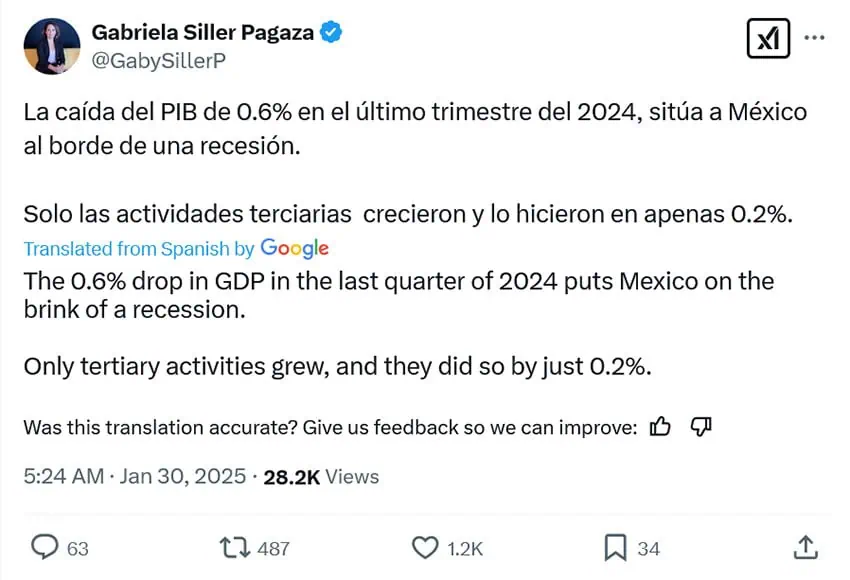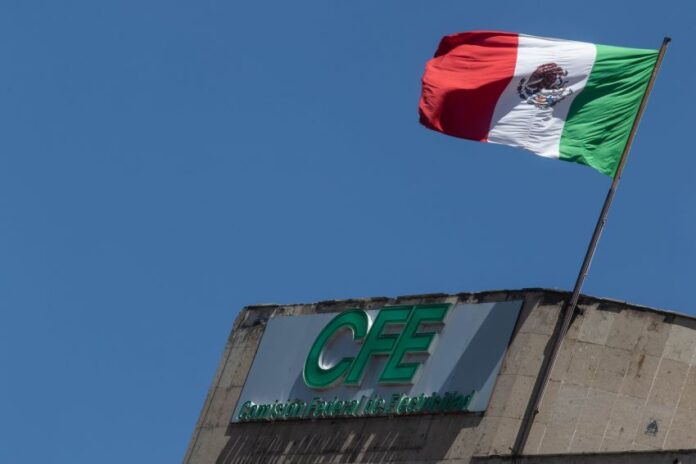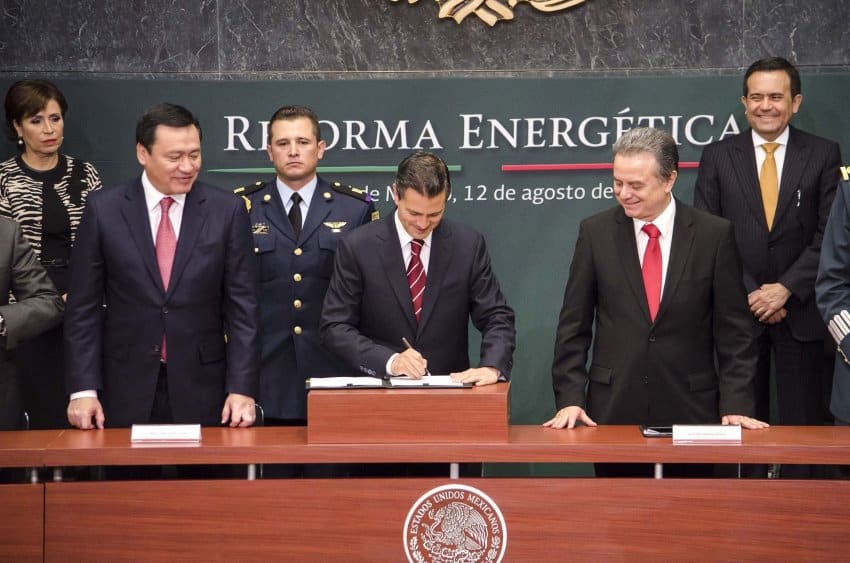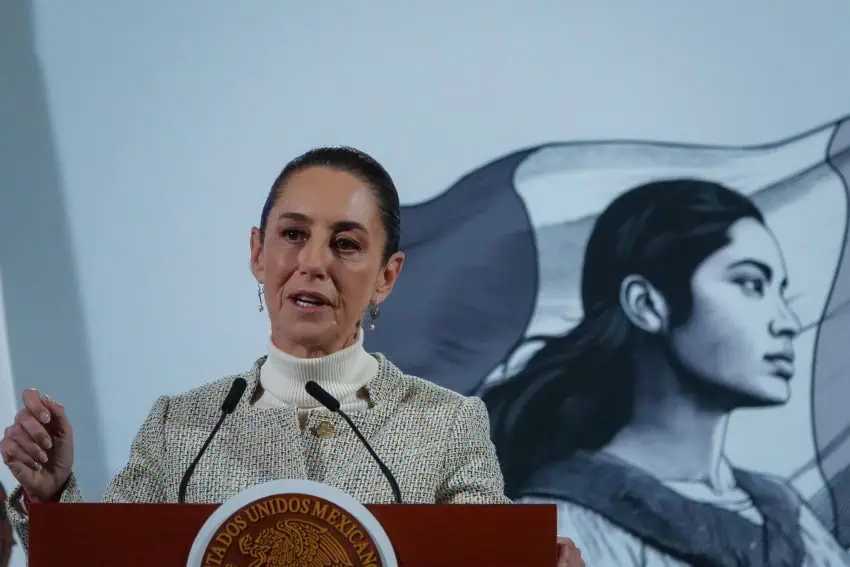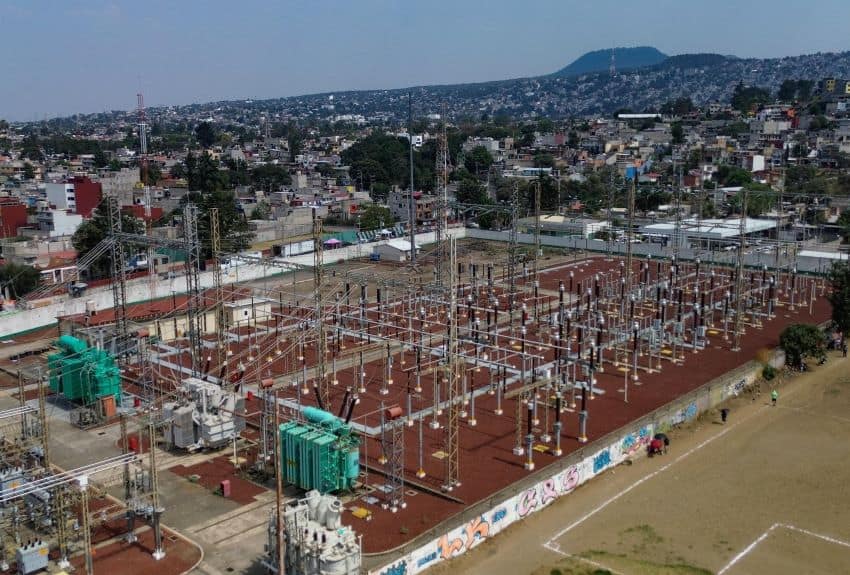Have you participated in any of the following? A long day of sightseeing all over Mexico City? An endless afternoon responding to emails and Zoom meetings? Hours arguing with your partner over what to do for dinner? Life in general?
If so, you may be entitled to compensation in the form of a delicious glass of wine. Perhaps you might pair it with an exquisite tapa, pasta dish or piled-high cheeseboard. If your mouth waters at the mere mention of man’s greatest invention, here are 10 of central Mexico City’s coolest wine bars to “wine-d down” and relax.

Sin Cruda
View this post on Instagram
What’s cooler than a small, stylish wine and cocktail bar run by a pro-skier-turned-lead-bartender? Add to that a warm and friendly ambience, high-quality bistro and street food and a large selection of natural wines, there’s no reason not to plan your next date here.
Must-try: Their desserts, all which seem to boast a French flair.
Calle Dinamarca 86, Juárez, Cuauhtémoc
Somma
View this post on Instagram
Get there early, because this industrial-chic wine bar in Cuauhtémoc is always full of life. Patrons spill onto the sidewalk, hovering next to the unique wine window inspired by ancient Florentine traditions. They’ve got an impressive selection of wines by the glass that servers are happy to let you taste test first.
Must-try: Prosciutto croquettes.
Calle Río Lerma 159, Cuauhtémoc, Cuauhtémoc
Granate
View this post on Instagram
The latest kid on the block in Cuauhtémoc is blessed with good lighting and a Spanish tapas menu. Locals seem to love this intimate, relaxed wine bar for lunch, dinner or a nighttime snack. It has a diverse selection of libations that includes vermouth, red, white, rosé and natural wines.
Must-try: The octopus.
Calle Río Tigris 44, Cuauhtémoc, Cuauhtémoc
Sí Mon
View this post on Instagram
For those in search of Mexican wines, Roma Norte’s most chill, casual wine bar offers regular and natural vinos from all over the country, primarily Valle de Guadalupe. Choose to hang out at the outdoor bar, patio or one of the high tops that fill the urban rustic interior.
Must-try: Their cheese and cold cut boards paired with Mexican wines.
Calle Zacatecas 126-B, Roma Norte, Cuauhtémoc
Brutal
View this post on Instagram
This is the spot where the cool and trendy of San Miguel Chapultepec hangs out. Maybe it’s for the live music or maybe it’s the curated wine list featuring 300+ selections from Mexico, France and Chile. More than likely, it’s the vibey atmosphere that makes it perfect for a late afternoon drink with friends.
Must-try: Their unique wine taxonomy experience and baguettes.
Calle General Juan Cano 42, San Miguel Chapultepec, Miguel Hidalgo
Provocateur
View this post on Instagram
A playful and unpretentious wine bar offering over 20 wines by glass and 60 by bottle. Provocateur boasts a full calendar of lighthearted events that teach about wine, pairings and even a little of the unique histories behind them. Check out Provocateur’s Instagram, where sommelier Sofie offers wine-related tips and tricks.
Must-try: The selection of international tapas.
Calle Guadalajara 21, Roma Norte, Cuauhtémoc
Vigneron
View this post on Instagram
Roma Norte’s coveted Parisian-chic wine bar focuses on organic and regenerative wines. The tiny interior goes big on decor while the outdoor patio will whisk you immediately to a European sidewalk. The menu of casual dishes is artfully designed to pair with an extensive wine list.
Must-try: Ragu pappardelle and sparkling wine.
Calle Jalapa 181, Roma Norte, Cuauhtémoc
Cuvée9
View this post on Instagram
Tucked away in Roma Sur is this lowkey and friendly vinoteca run by two very knowledgeable wine lovers who would be thrilled to narrow the long wine list to whatever matches your mood. The food is excellent, especially when paired intentionally with your drink, and the prices are equally digestible.
Must-try: The steak sandwich.
Calle Bajío 132, Roma Sur, Cuauhtémoc
Loup Bar
View this post on Instagram
Any natural wine lover knows that a night out in Mexico City wouldn’t be complete without a stop in Loup Bar. A pioneer in Mexico City’s natural wine scene, the interior is moody and minimalistic, the drink menu robust and the plates sized for sharing.
Must-try: Wines from Christian Tschida or Sebastien Riffault.
Calle Tonalá, Roma Norte, Cuauhtémoc
Tierras de Uva
View this post on Instagram
Another of Roma Norte’s dreamy patios, Tierras de Uva is the perfect place to post up with delicious wine and prime people-watching. Specializing in “radical” wines, the distributor supports small-scale projects and non-interventionist agriculture, seeking out wines with “soul and distinct identity.”
Must-try: A fantastic collection of Spanish wines.
Calle Sinaloa 74, Roma Norte, Cuauhtémoc
Has your favorite wine bar been left off this list? Let your fellow wine-lovers know in the comments below.











